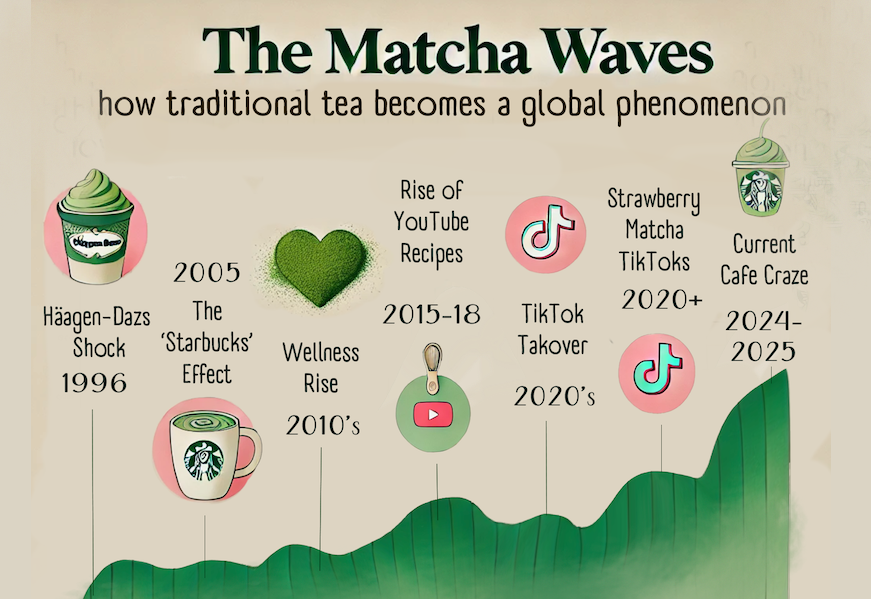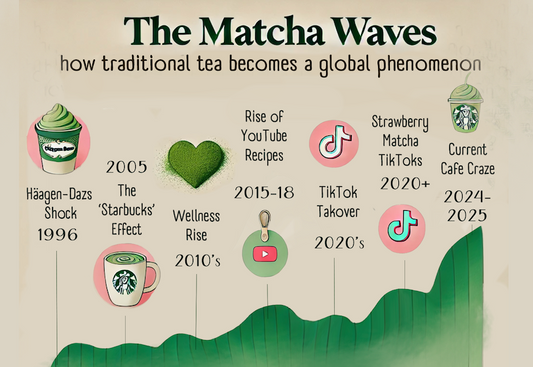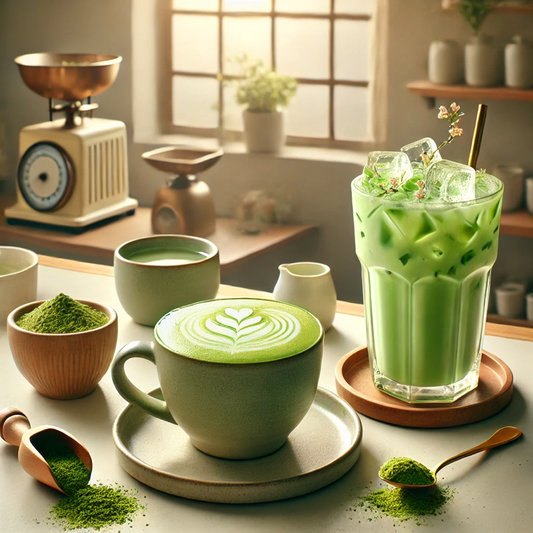
Why is Your Matcha Getting Harder to Find? The Global Shortage Explained
Why is Your Matcha Getting Harder to Find? The Global Shortage Explained
If you’ve noticed your favorite matcha latte getting more expensive or even disappearing from the menu, you’re not imagining it. Matcha is everywhere, from trendy TikTok lattes to Starbucks cold foam drinks, but a significant supply crunch is making it harder to find. Here’s a breakdown of what’s driving the global matcha shortage.
What’s Causing the Supply Crunch?
A perfect storm of factors is piling up at once. Soaring demand, fueled by social media trends and the global health-food craze, is pushing consumption far past what traditional suppliers can produce. This is compounded by a massive tourism boom in Japan, which saw nearly 37 million international visitors in 2024—many of whom scooped up matcha directly from source regions like Uji and Kyoto.
The very nature of matcha production also makes scaling up difficult. Authentic matcha depends on shade-grown tencha leaves, which have an extremely narrow harvest window each spring. Weather swings make the supply inherently unpredictable. The 2025 harvest, for instance, saw excellent quality but yields fell about 20% compared to 2024. This shortage sent prices soaring, with tencha hitting 8,235 yen/kg in April 2025—about 1.7 times higher than the year before.
Finally, a critical labor shortage is looming. The average tea farmer is aging, and younger generations aren't lining up to take over the physically demanding work.
The Bottleneck in Your Bowl: Why Matcha is Slow to Scale
Processing is a huge part of the problem. The traditional stone mills that create the finest premium powder are incredibly slow and delicate. A single mill, which can cost over $5,000 and take a month to craft, grinds just 30–50 grams per hour. Producing one single kilogram can take a full day.
While industrial mills exist to pump out culinary-grade powder for the food industry, they can't replicate the fine texture and complex flavor profile required for a premium bowl of matcha. This fundamental bottleneck means that high-quality first-harvest matcha simply cannot be mass-produced.
A Timeline of Demand: The Matcha Waves
This demand didn’t happen overnight. It’s been building in cultural waves for decades:
- 1996 – The Häagen-Dazs Shock: Matcha ice cream sent sales skyrocketing in Japan.
- 2005 – The Starbucks Effect: The matcha latte hit menus worldwide, introducing it to a mass audience.
- 2010s – The Wellness Rise: Matcha shifted from a food trend to a wellness staple, appearing in cafes and health stores everywhere.
-
2020s – The TikTok Takeover: Matcha-strawberry combos and other colourful lattes made it one of the internet’s favourite drinks.
The Strawberry Matcha Latte Internet Takeover: - 2015–2018 (Pre-TikTok): Recipe videos popped up on YouTube.
- 2020 (Early TikTok): Creators post viral layered strawberry matcha latte videos.
-
2024–2025: Starbucks embraces the trend again! Adding strawberry cold foam matcha drinks to its menu in line with numerous cafes following the latest trends
The Long-Term Outlook
The tough reality is that the pressures aren't going away soon. The farming population is aging, older tea bushes yield less every year, and only about one-third of tencha is high enough quality for premium use (roughly 1,300 tonnes).
On the flip side, these pressures are likely to encourage change. Expect more investment in tea-farming technology, government subsidies, and regional diversification beyond the famous fields of Kyoto and Uji. The tradition will stay, but modernization will inevitably sneak in.
What You Can Do: Choose the Right Grade
As a savvy matcha lover, you can enjoy this incredible ingredient more sustainably by simply matching the grade to your drink. Culinary-grade matcha is your go-to for lattes and baking. Its robust flavour is specifically crafted to shine through milk and sugar, making it the perfect choice for lattes and iced drinks. For traditional enjoyment, premium first-harvest matcha is meant to be whisked with hot water allowing its unique, complex flavours to be the star of the show. By choosing the right tea for each drink, you get the best taste experience!
Hot Tips for buying Matcha online:
- Make sure the Matcha is produced in Japan
- Look for details on what region the Matcha is produced.
- Evaluate the tea cultivars used - is it a single cultivar or a blend of cultivars?
- Refer to the producer’s recommendations to ensure optimal matcha selection.



